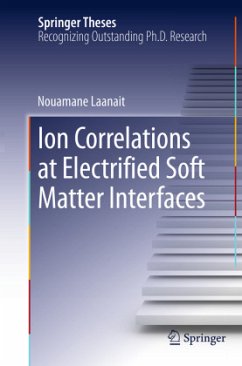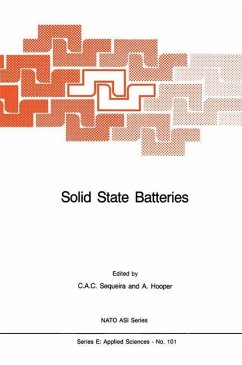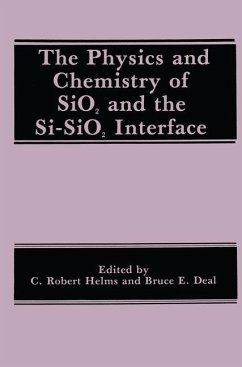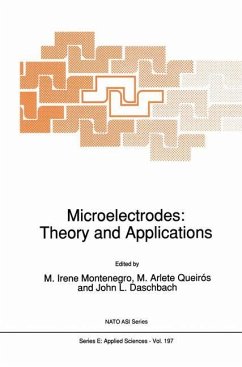
Electrified Interfaces in Physics, Chemistry and Biology

PAYBACK Punkte
20 °P sammeln!
Electrified interfaces span from metaVsemiconductor and metaVelectrolyte interfaces to disperse systems and biological membranes, and are notably important in so many physical, chemical and biological systems that their study has been tackled by researchers with different scientific backgrounds using different methodological approaches. The various electrified interfaces have several common features. The equilibrium distribution of positive and negative ions in an electrolytic solution is governed by the same Poisson-Boltzmann equation independent of whether the solution comes into contact wit...
Electrified interfaces span from metaVsemiconductor and metaVelectrolyte interfaces to disperse systems and biological membranes, and are notably important in so many physical, chemical and biological systems that their study has been tackled by researchers with different scientific backgrounds using different methodological approaches. The various electrified interfaces have several common features. The equilibrium distribution of positive and negative ions in an electrolytic solution is governed by the same Poisson-Boltzmann equation independent of whether the solution comes into contact with a metal, a colloidal particle or a biomembrane, and the same is true for the equilibrium distribution of free electrons and holes of a semiconductor in contact with a different conducting phase. Evaluation of electric potential differences across biomembranes is based on the same identity of electrochemical potentials which holds for a glass electrode and which yields the Nernst equation when applied to a metal/solution interface. The theory of thermally activated electron tunneling, which was developed by Marcus, Levich, Dogonadze and others to account for electron transfer across metaVelectrolyte interfaces, is also applied to light induced charge separation and proton translocation reactions across intercellular membranes. From an experimental viewpoint, the same electrochemical and in situ spectroscopic techniques can equally well be employed for the study of apparently quite different electrified interfaces.














